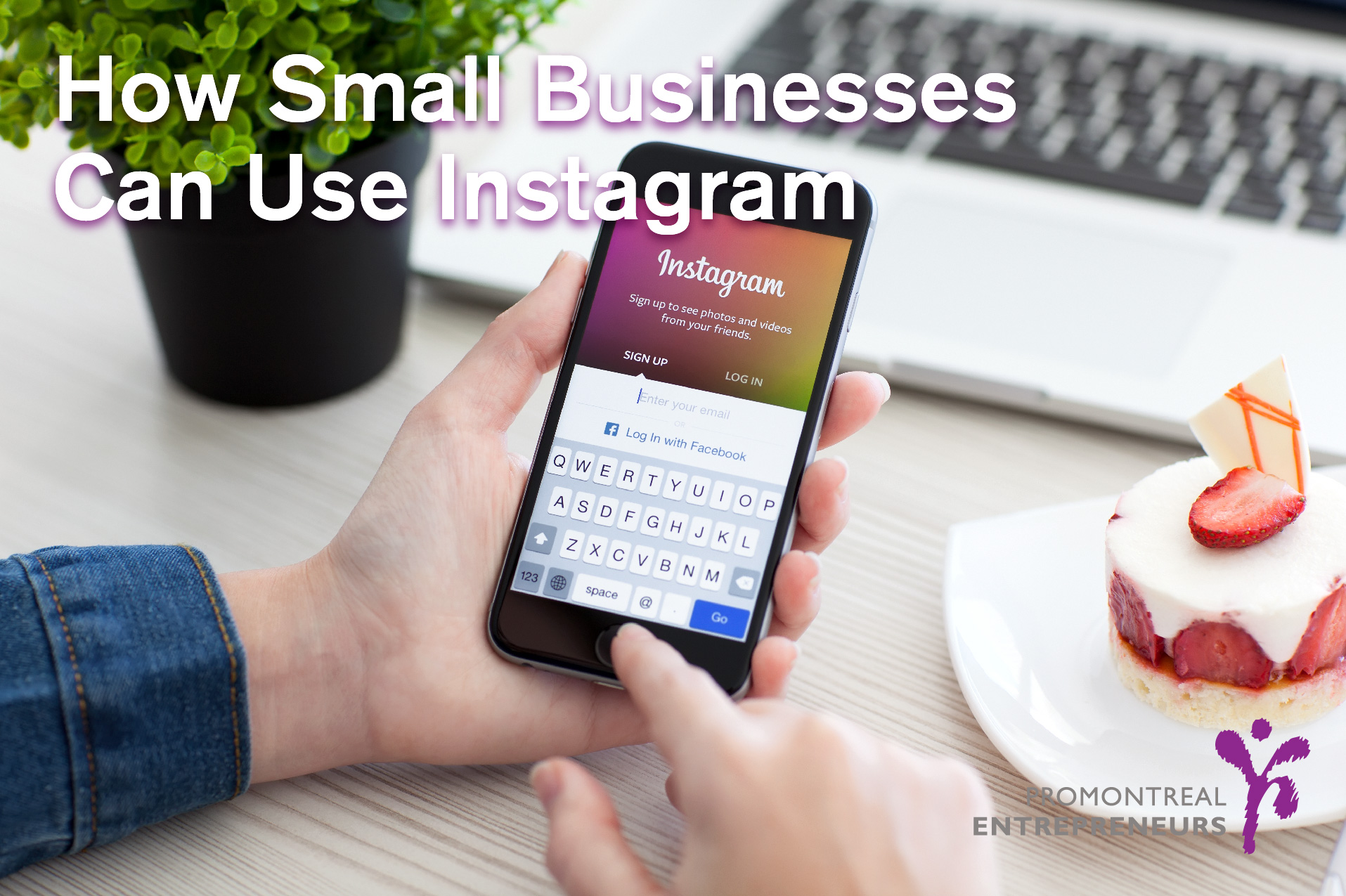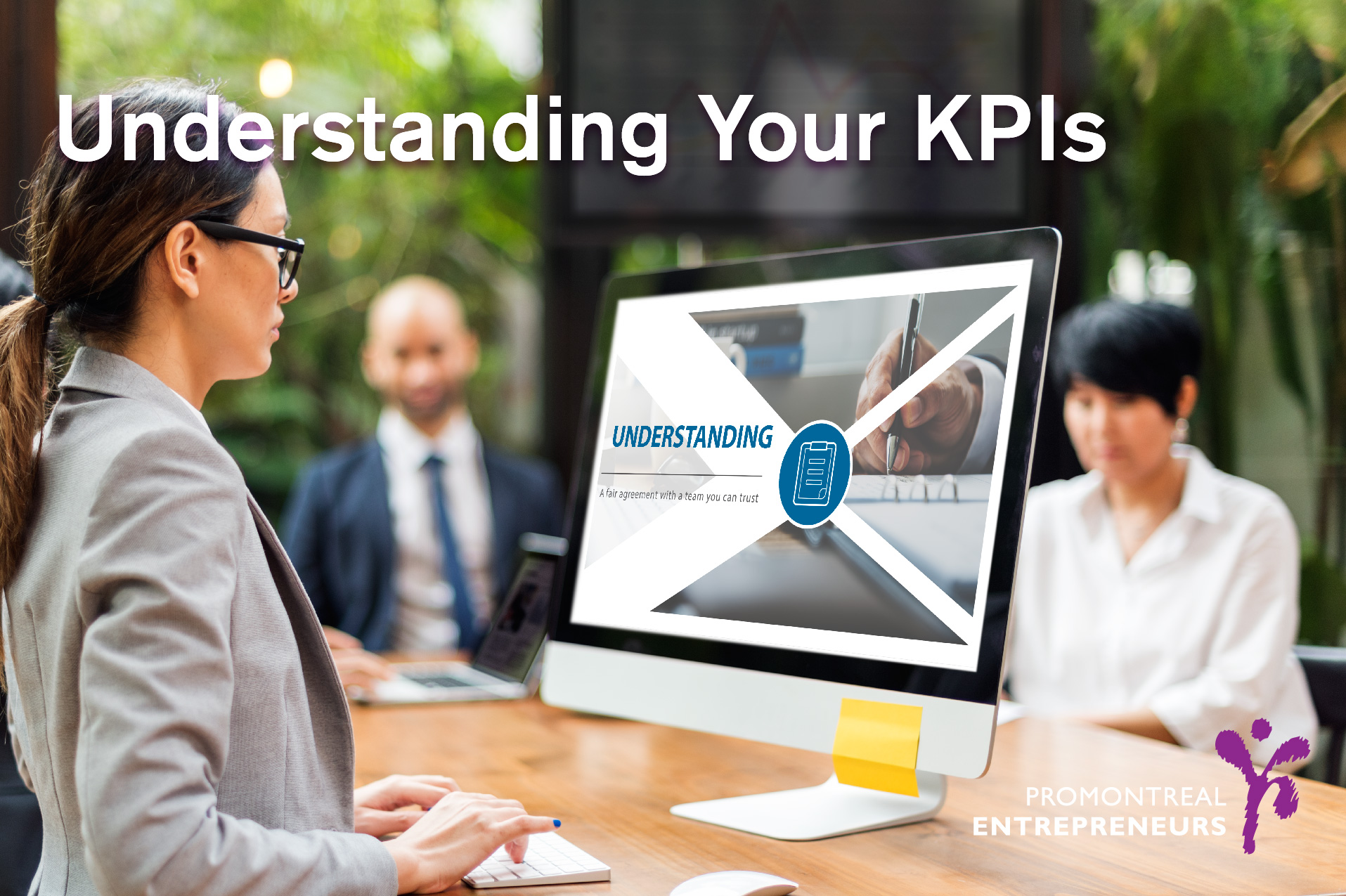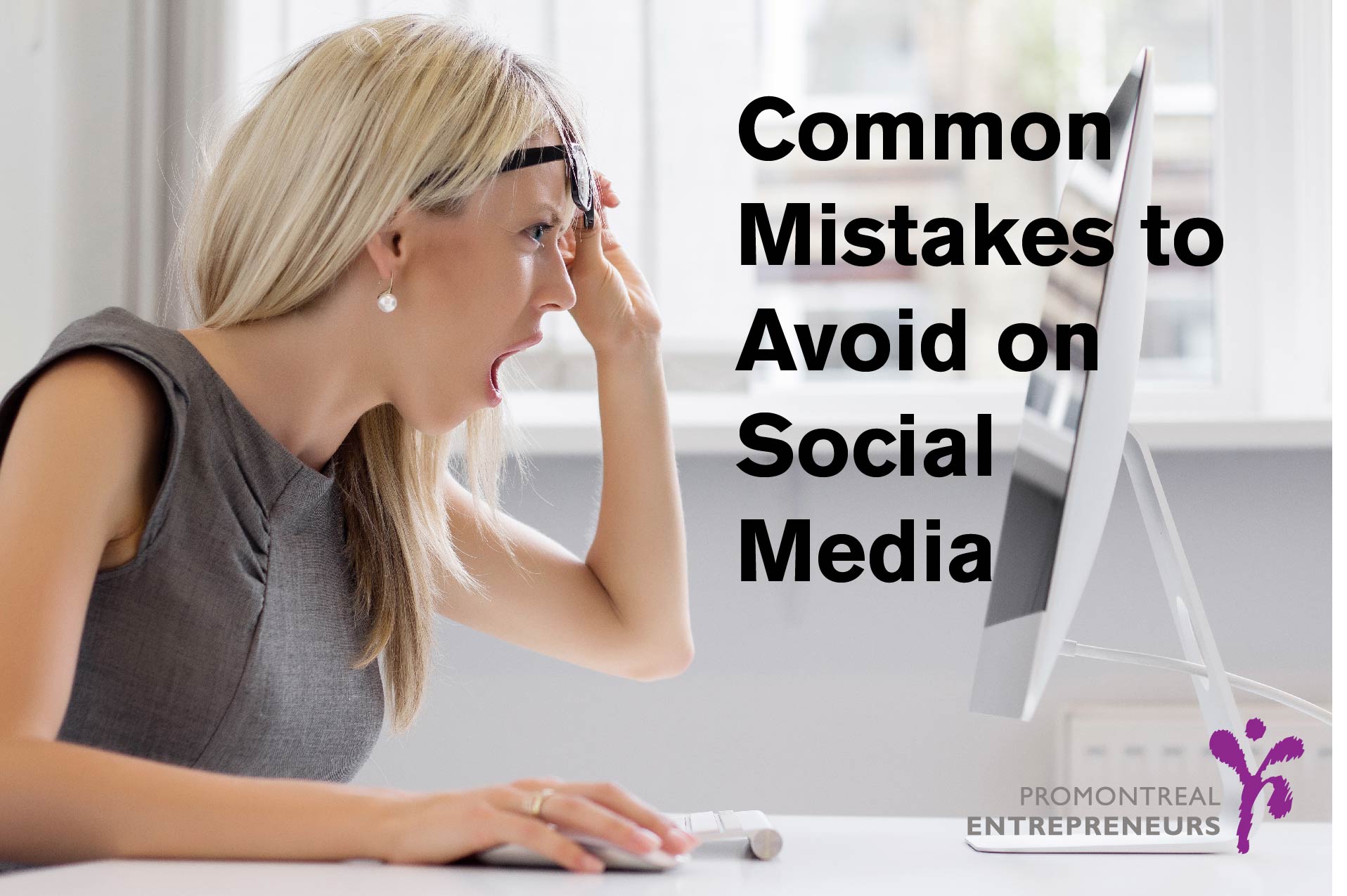In its short history, Israel has managed to become one of the world’s few startup capitals. It has become the startup nation with the third most companies listed on NASDAQ. Given Israel’s population of 9 million, various internal and external conflicts, and lack of natural resources, it has accomplished what most would consider to be impossible. Tel Aviv has built a reputation that reflects more than its beautiful beaches. Just go visit Taglit’s Innovation Center to see exactly what we are talking about.
The Innovation Center at the heart of Tel Aviv aims to display new advancements of Israeli Start-Ups in different fields. In collaboration with the Tel Aviv Stock Exchange, Taglit-Birthright built the “State of Mind” Innovation Center. It provides an opportunity to talk about the fact that this sliver of land has over 4,000 operating startups. Visitors can learn about Israel as an international leader in technology, engineering, and philanthropy. More specifically, ground-breaking inventions for agriculture, medicine, transportation, security, and outer space are displayed. What is unique about the Innovation Center is that it emboldens user interaction. The center puts up touch screens, tutorials and prototypes, allowing for visitors to explore and understand various innovations. This way people can understand exactly why the country is deserving of its “Startup Nation” title.
Each Taglit-Birthright group that visits the Innovation Center begins by exploring the interactive exhibition, and continues with a meet-up with a Ieading Israeli entrepreneur. Here are the names of just a few start-ups displayed at the Innovation Center that is destined to make revolutionary impact.
-
Electroad: This technology uses energy from the road to power electric vehicles using that road. Copper chains are inserted into grooves in the asphalt, then connected to a power converter on the side of the road that links to the city’s electric grid. This will revolutionize transport.
-
Pillcam: A tiny camera in a capsule. After the patient swallows the capsule, the camera can reveal any abnormalities and supplies essential medical diagnosis. A tiny wireless camera contained in an easy-to-swallow and disposable capsule about the size of a vitamin pill transmits images as it travels through the human body. This inventions makes excruciating exams, such as colonoscopies, much more endurable.
-
Skyfi: It is the world’s most advanced nanosatellite with larger cover area and bandwidth. This allows for better connection between more people, allowing us to become part of a global village. Basically, this is a much cheaper way of spreading internet globally.
Each startup begins with a need. Taglit Birthright had an unmet need to show groups the innovation side of Israel; and thus the center was born. The center was originally intended for Taglit participants, but curiosity and interest arose quickly. Now the center also hosts governmental and business delegations from all over the world, a variety of private and group tourist organizations, and all kinds of people who want a glimpse into the Israeli innovation scene.
Former Prime Minister Golda Meir famously said the God had made a mistake in sending the Jews to the only country in the Middle East with no oil. While it is true that oil may have made things easier, lack thereof has, without a doubt, forced Israel to find new and innovative ways to survive and transcend all expectations.




 We all know the power of Instagram. It’s filled with big corporations competing for the attention of millions of Millennials, and members of Generation Z. Small businesses will be intimidated by big corporations with unlimited marketing budget, large following and quality content. But this is the beauty of social media. Though all of these things can seem like deterrents at first, they are also the reason why you must give Instagram a try. But how can you use Instagram for small business? Instagram can be a great way to promote your brand, connect the physical world with the online world and launch a new product or service. What you use and how you use it will depend on your goals and your organization.
We all know the power of Instagram. It’s filled with big corporations competing for the attention of millions of Millennials, and members of Generation Z. Small businesses will be intimidated by big corporations with unlimited marketing budget, large following and quality content. But this is the beauty of social media. Though all of these things can seem like deterrents at first, they are also the reason why you must give Instagram a try. But how can you use Instagram for small business? Instagram can be a great way to promote your brand, connect the physical world with the online world and launch a new product or service. What you use and how you use it will depend on your goals and your organization.

 Pour ceux d’entre vous qui ne sont pas familiarisés avec Etsy, il s’agit d’une communauté d’acheteurs et de vendeurs en ligne qui se concentrent surtout sur des produits faits à la main et des articles millésimés. Etsy permet aux vendeurs de personnaliser des boutiques en ligne avec des solutions complètes de commerce électronique. Cette plateforme a permis à plusieurs personnes de transformer un passe-temps en une entreprise à plein régime. Si vous êtes une petite entreprise ou une personne qui veut tout simplement métamorphoser un passe-temps en une source de revenus, voici quelques raisons pour lesquelles vous devriez avoir une boutique Etsy.
Pour ceux d’entre vous qui ne sont pas familiarisés avec Etsy, il s’agit d’une communauté d’acheteurs et de vendeurs en ligne qui se concentrent surtout sur des produits faits à la main et des articles millésimés. Etsy permet aux vendeurs de personnaliser des boutiques en ligne avec des solutions complètes de commerce électronique. Cette plateforme a permis à plusieurs personnes de transformer un passe-temps en une entreprise à plein régime. Si vous êtes une petite entreprise ou une personne qui veut tout simplement métamorphoser un passe-temps en une source de revenus, voici quelques raisons pour lesquelles vous devriez avoir une boutique Etsy. Finding the right investor for your business, let alone any investor, is a difficult task. You have to know where to look, who to network with, and the kind of resources your business needs. The last thing you want is an investor who can only provide financial support. You will likely speak to over a dozen of investors before finding the right one for you. It will be a tiring process, but meticulousness is necessary if compatibility is what you’re looking for. Here are 4 tips on how to find investors for your business when the time is right.
Finding the right investor for your business, let alone any investor, is a difficult task. You have to know where to look, who to network with, and the kind of resources your business needs. The last thing you want is an investor who can only provide financial support. You will likely speak to over a dozen of investors before finding the right one for you. It will be a tiring process, but meticulousness is necessary if compatibility is what you’re looking for. Here are 4 tips on how to find investors for your business when the time is right. La relation entre
La relation entre  Sylvie Tendler’s relationship with PME dates back to 2002. Now a PME board member, she is the first PME Entrepreneur to get a seat at the investor’s table. The Tendler Group originally provided market research for Pharmaceutical companies. In 2007 her company was bought by
Sylvie Tendler’s relationship with PME dates back to 2002. Now a PME board member, she is the first PME Entrepreneur to get a seat at the investor’s table. The Tendler Group originally provided market research for Pharmaceutical companies. In 2007 her company was bought by 
 With so many social media platforms available for businesses to use, you may often get confused about what your social media strategy should look like. Often times business owners might think that they are properly managing their platforms while being completely unaware of their faults. Many early stage entrepreneurs are not marketing specialists and do not have the resources to hire marketers. In order to be of assistance, here are a few of the most common mistakes people make when operating on social media platforms.
With so many social media platforms available for businesses to use, you may often get confused about what your social media strategy should look like. Often times business owners might think that they are properly managing their platforms while being completely unaware of their faults. Many early stage entrepreneurs are not marketing specialists and do not have the resources to hire marketers. In order to be of assistance, here are a few of the most common mistakes people make when operating on social media platforms.